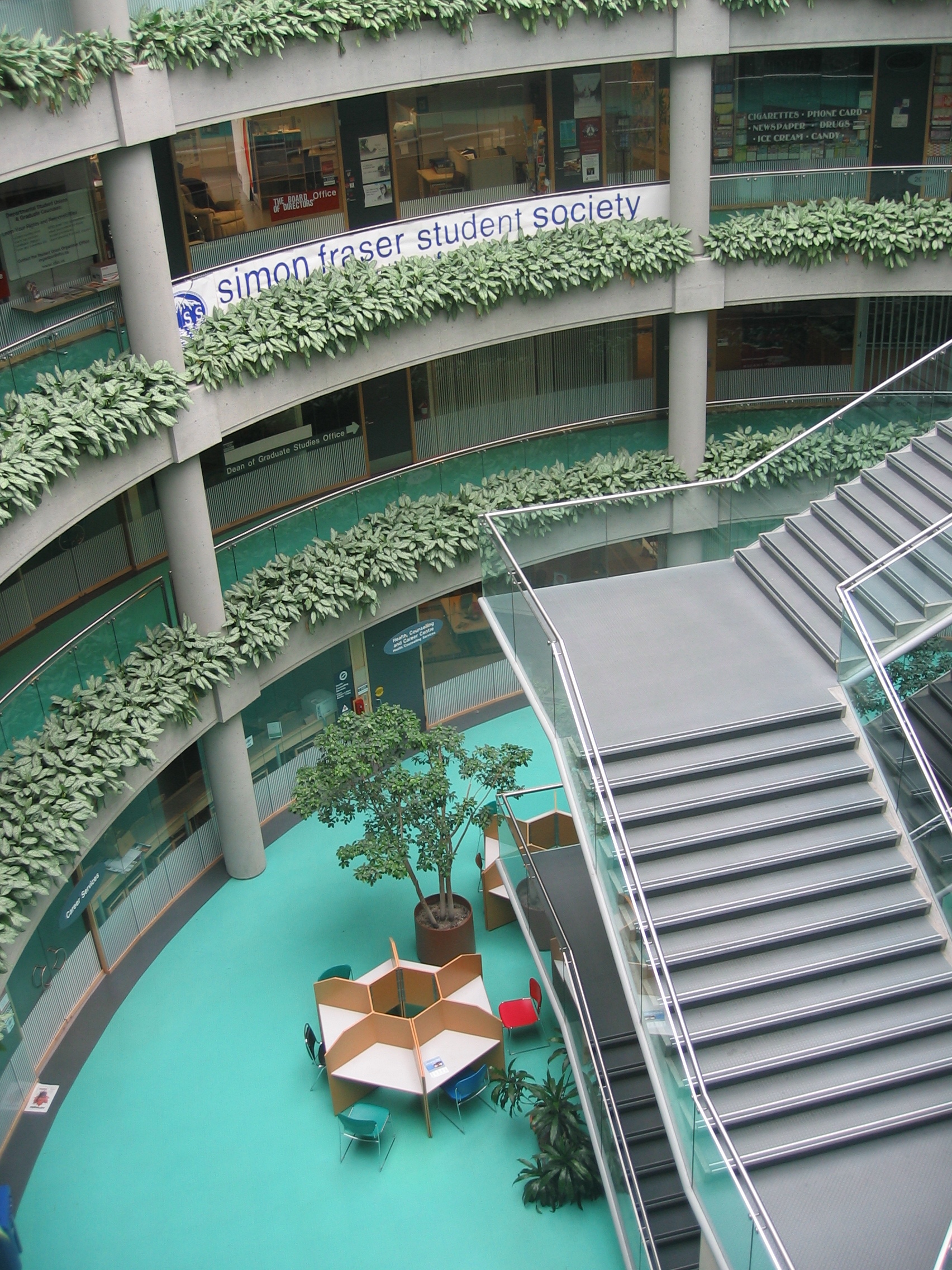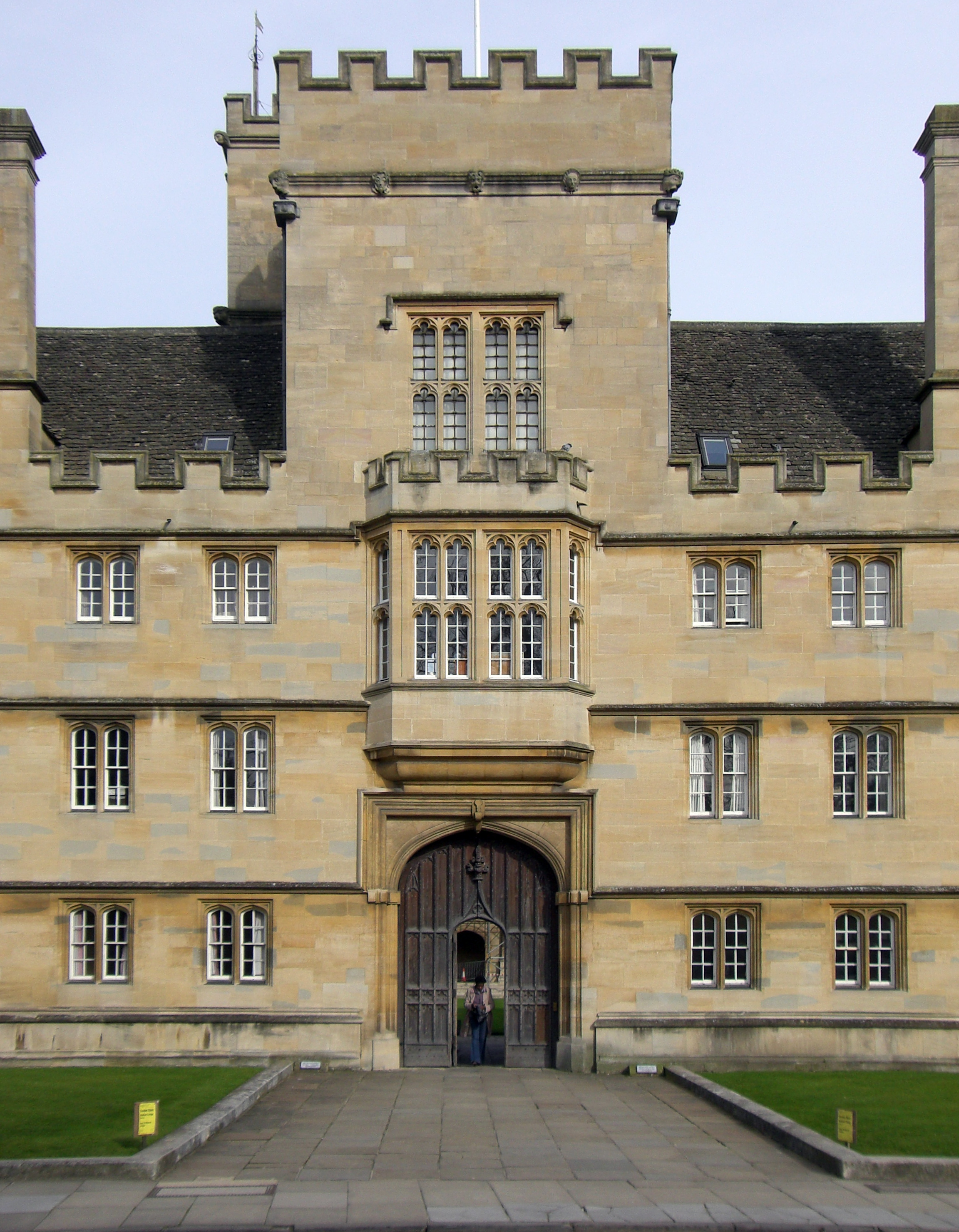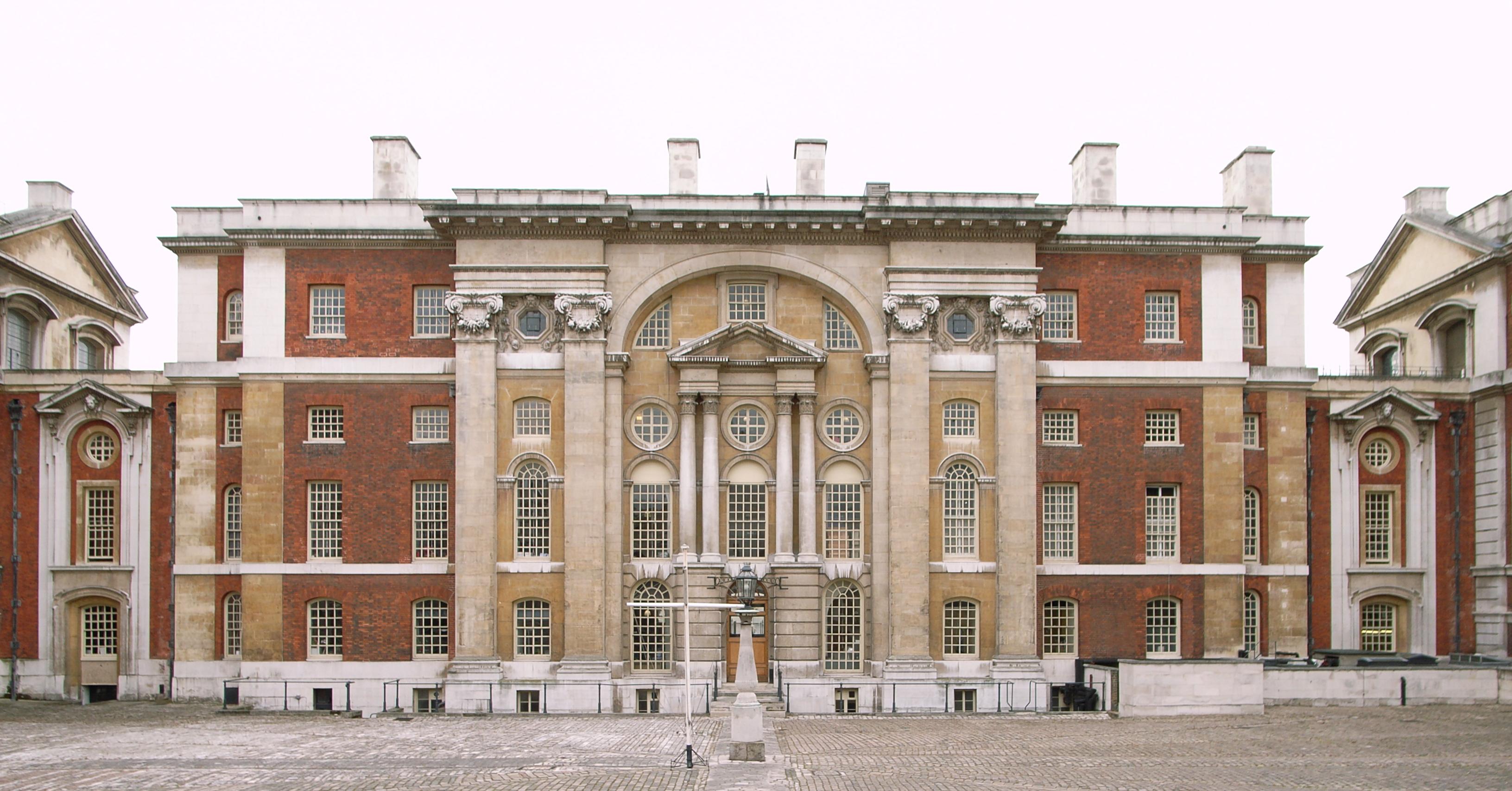|
Clarendon Fund
The Clarendon Fund Scholarship is a scholarship at the University of Oxford. All Oxford University applicants to degree bearing graduate courses are automatically considered for the Clarendon Scholarship. Established in 2000 and launched in 2001, annually, the scheme now creates approximately 160 Clarendon Fund Scholarships, formerly referred to as Clarendon Fund Bursaries, to Oxford graduate students from around the world and from across all subject areas, who demonstrate academic excellence and potential. The 2021-22 cohort of Clarendon Scholars includes students from 46 countries. The Clarendon Scholarship enables the most distinguished and competitive scholars to undertake part- or full-time degree-bearing graduate study, including taught master's degrees, research master's, and research doctorates at the university. It covers course fees and provides a grant for living expenses. As of 2021, there have been more than 1,900 recipients of scholarships from the Clarendon Fun ... [...More Info...] [...Related Items...] OR: [Wikipedia] [Google] [Baidu] |
Clarendon Fund Logo 2014
Clarendon may refer to: Places Australia *Clarendon, New South Wales, a suburb of Sydney * Clarendon, Queensland, a rural locality in the Somerset Region *Clarendon, South Australia * Clarendon, Victoria, in the Shire of Moorabool *Clarendon County, New South Wales Canada *Clarendon Parish, New Brunswick **Clarendon, a community in Petersville Parish, New Brunswick, near Clarendon Parish * Clarendon Station, Ontario *Clarendon, Quebec England *Clarendon Park, Leicester *Clarendon Park, Wiltshire :*Clarendon Palace, within the park * Great Clarendon Street and Little Clarendon Street, Oxford Jamaica * Clarendon Parish, Jamaica * Clarendon Park, Jamaica United States *Clarendon, Arkansas * Clarendon, New York * Clarendon, North Carolina *Clarendon, Pennsylvania *Clarendon, Texas *Clarendon, Vermont *Clarendon, Arlington, Virginia *Clarendon County, South Carolina *Clarendon Township, Michigan People *Earl of Clarendon, a peerage of England *Edward Hyde, 1st Earl of Clarendon (1 ... [...More Info...] [...Related Items...] OR: [Wikipedia] [Google] [Baidu] |
English Civil War
The English Civil War (1642–1651) was a series of civil wars and political machinations between Parliamentarians (" Roundheads") and Royalists led by Charles I ("Cavaliers"), mainly over the manner of England's governance and issues of religious freedom. It was part of the wider Wars of the Three Kingdoms. The first (1642–1646) and second (1648–1649) wars pitted the supporters of King Charles I against the supporters of the Long Parliament, while the third (1649–1651) saw fighting between supporters of King Charles II and supporters of the Rump Parliament. The wars also involved the Scottish Covenanters and Irish Confederates. The war ended with Parliamentarian victory at the Battle of Worcester on 3 September 1651. Unlike other civil wars in England, which were mainly fought over who should rule, these conflicts were also concerned with how the three Kingdoms of England, Scotland and Ireland should be governed. The outcome was threefold: the trial of and ... [...More Info...] [...Related Items...] OR: [Wikipedia] [Google] [Baidu] |
Awards And Prizes Of The University Of Oxford
An award, sometimes called a distinction, is something given to a recipient as a token of recognition of excellence in a certain field. When the token is a medal, ribbon or other item designed for wearing, it is known as a decoration. An award may be described by three aspects: 1) who is given 2) what 3) by whom, all varying according to purpose. The recipient is often to a single person, such as a student or athlete, or a representative of a group of people, be it an organisation, a sports team or a whole country. The award item may be a decoration, that is an insignia suitable for wearing, such as a medal, badge, or rosette (award). It can also be a token object such as certificate, diploma, championship belt, trophy, or plaque. The award may also be or be accompanied by a title of honor, as well as an object of direct value such as prize money or a scholarship. Furthermore, an honorable mention is an award given, typically in education, that does not confer the recipient(s ... [...More Info...] [...Related Items...] OR: [Wikipedia] [Google] [Baidu] |
2001 Establishments In The United Kingdom
1 (one, unit, unity) is a number representing a single or the only entity. 1 is also a numerical digit and represents a single unit of counting or measurement. For example, a line segment of ''unit length'' is a line segment of length 1. In conventions of sign where zero is considered neither positive nor negative, 1 is the first and smallest positive integer. It is also sometimes considered the first of the infinite sequence of natural numbers, followed by 2, although by other definitions 1 is the second natural number, following 0. The fundamental mathematical property of 1 is to be a multiplicative identity, meaning that any number multiplied by 1 equals the same number. Most if not all properties of 1 can be deduced from this. In advanced mathematics, a multiplicative identity is often denoted 1, even if it is not a number. 1 is by convention not considered a prime number; this was not universally accepted until the mid-20th century. Additionally, 1 is the ... [...More Info...] [...Related Items...] OR: [Wikipedia] [Google] [Baidu] |
Simon Fraser University
Simon Fraser University (SFU) is a public research university in British Columbia, Canada, with three campuses, all in Greater Vancouver: Burnaby (main campus), Surrey, and Vancouver. The main Burnaby campus on Burnaby Mountain, located from downtown Vancouver, was established in 1965 and comprises more than 30,000 students and 160,000 alumni. The university was created in an effort to expand higher education across Canada. SFU is a member of multiple national and international higher education associations, including the Association of Commonwealth Universities, International Association of Universities, and Universities Canada. SFU has also partnered with other universities and agencies to operate joint research facilities such as the TRIUMF, Canada's national laboratory for particle and nuclear physics, which houses the world's largest cyclotron, and Bamfield Marine Station, a major centre for teaching and research in marine biology. Undergraduate and graduate programs ... [...More Info...] [...Related Items...] OR: [Wikipedia] [Google] [Baidu] |
Stephanie Simmons
Stephanie Simmons is a Canadian Research Chair in Quantum Computing at Simon Fraser University. She was named by Caldwell Partners as one of Canada's Top 40 Under 40 in 2020. Her research considers the development of silicon-based systems for quantum computing. She is the founder and Chief Quantum Officer at Photonic Inc., a spin out company which focusses on the commercial development of silicon photonics spin qubits. Early life and education Simmons started her scientific career at the University of Waterloo as an undergraduate student in mathematics and mathematical physics. She moved to the United Kingdom for her graduate research, where she worked toward her doctorate in materials science at the University of Oxford. She was a Clarendon Scholar at Magdalen College, Oxford. Her doctoral research looked at the creation of entanglement in condensed matter spin systems. Research and career Simmons was a research fellow in electrical engineering at the University of New Sou ... [...More Info...] [...Related Items...] OR: [Wikipedia] [Google] [Baidu] |
Trajan's Column
Trajan's Column ( it, Colonna Traiana, la, Columna Traiani) is a Roman triumphal column in Rome, Italy, that commemorates Roman emperor Trajan's victory in the Dacian Wars. It was probably constructed under the supervision of the architect Apollodorus of Damascus at the order of the Roman Senate. It is located in Trajan's Forum, north of the Roman Forum. Completed in AD 113, the freestanding column is most famous for its spiral bas relief, which depicts the wars between the Romans and Dacians (101–102 and 105–106). Its design has inspired numerous victory columns, both ancient and modern. The structure is about in height, including its large pedestal. The shaft is made from a series of 20 colossal Carrara marble drums, each weighing about 32 tons, with a diameter of . The frieze winds around the shaft 23 times. Inside the shaft, a spiral staircase of 185 steps provides access to a viewing deck at the top. The capital block of Trajan's Column weighs 53.3 tons, and ha ... [...More Info...] [...Related Items...] OR: [Wikipedia] [Google] [Baidu] |
Trajan Pro
Trajan is a serif typeface designed in 1989 by Carol Twombly for Adobe. The design is based on the letterforms of ''capitalis monumentalis'' or Roman square capitals, as used for the inscription at the base of Trajan's Column from which the typeface takes its name. Trajan is an all-capitals typeface, as the Romans did not use lowercase letters. Twombly created the design taking inspiration from a full-size picture of a rubbing of the inscription. It is well known for appearing on many film posters. Background The capitals on the Column of Trajan have long been an inspiration to many artists and students of lettering. The calligrapher and type designer Edward Johnston in his book ''Writing & Illuminating & Lettering'' (1906) wrote that "the Roman capitals have held the supreme place among letters for readableness and beauty. They are the best forms for the grandest and most important inscriptions." Trajan letterforms were used for many years for signs in British public building ... [...More Info...] [...Related Items...] OR: [Wikipedia] [Google] [Baidu] |
Christopher Wren
Sir Christopher Wren PRS FRS (; – ) was one of the most highly acclaimed English architects in history, as well as an anatomist, astronomer, geometer, and mathematician-physicist. He was accorded responsibility for rebuilding 52 churches in the City of London after the Great Fire in 1666, including what is regarded as his masterpiece, St Paul's Cathedral, on Ludgate Hill, completed in 1710. The principal creative responsibility for a number of the churches is now more commonly attributed to others in his office, especially Nicholas Hawksmoor. Other notable buildings by Wren include the Royal Hospital Chelsea, the Old Royal Naval College, Greenwich, and the south front of Hampton Court Palace. Educated in Latin and Aristotelian physics at the University of Oxford, Wren was a founder of the Royal Society and served as its president from 1680 to 1682. His scientific work was highly regarded by Isaac Newton and Blaise Pascal. Life and works Wren was born in East Knoyl ... [...More Info...] [...Related Items...] OR: [Wikipedia] [Google] [Baidu] |
Nicholas Hawksmoor
Nicholas Hawksmoor (probably 1661 – 25 March 1736) was an English architect. He was a leading figure of the English Baroque style of architecture in the late-seventeenth and early-eighteenth centuries. Hawksmoor worked alongside the principal architects of the time, Christopher Wren and John Vanbrugh, and contributed to the design of some of the most notable buildings of the period, including St Paul's Cathedral, Wren's City of London churches, Greenwich Hospital, Blenheim Palace and Castle Howard. Part of his work has been correctly attributed to him only relatively recently, and his influence has reached several poets and authors of the twentieth century. Life Hawksmoor was born in Nottinghamshire in 1661, into a yeoman farming family, almost certainly in East Drayton or Ragnall, Nottinghamshire. On his death he was to leave property at nearby Ragnall, Dunham and a house and land at Great Drayton. It is not known where he received his schooling, but it was probably ... [...More Info...] [...Related Items...] OR: [Wikipedia] [Google] [Baidu] |
Broad Street, Oxford
Broad Street is a wide street in central Oxford, England, just north of the former city wall. The street is known for its bookshops, including the original Blackwell's bookshop at number 50, located here due to the University of Oxford. Among residents, the street is traditionally known as The Broad. Location In Broad Street are Balliol College, Trinity College, Exeter College (front entrance in the adjoining Turl Street). The Museum of the History of Science (in the original Ashmolean Museum building), the Clarendon Building, the Sheldonian Theatre and the Weston Library (renamed in 2015, part of the Bodleian Library, the main University library in Oxford) are important historical Oxford University buildings at the eastern end of the street. These buildings form the ''de facto'' centre of the University, since most academic buildings in the centre of Oxford are owned by individual (and autonomous) colleges rather than the University itself. To the west the street becomes G ... [...More Info...] [...Related Items...] OR: [Wikipedia] [Google] [Baidu] |





.jpg)


